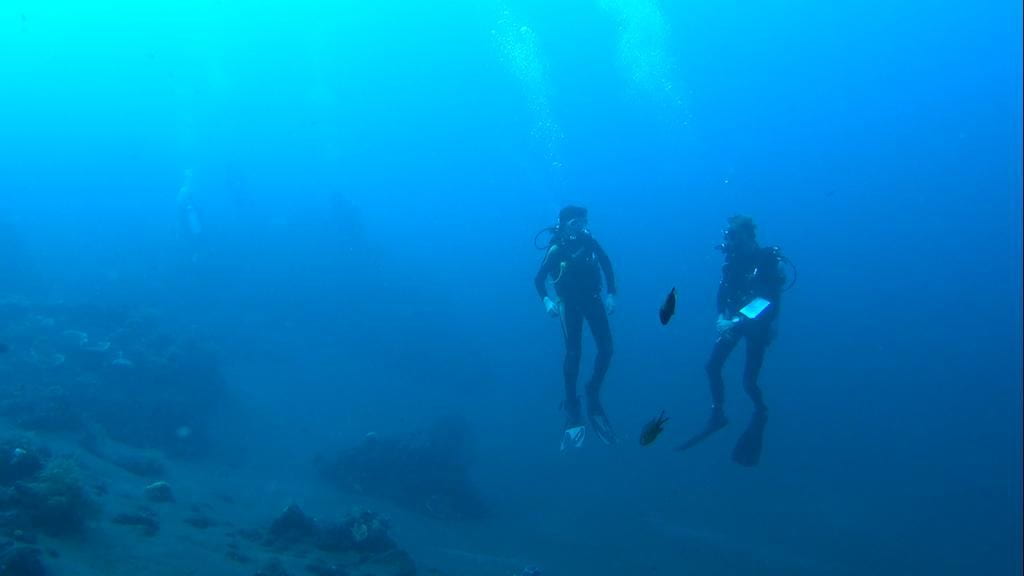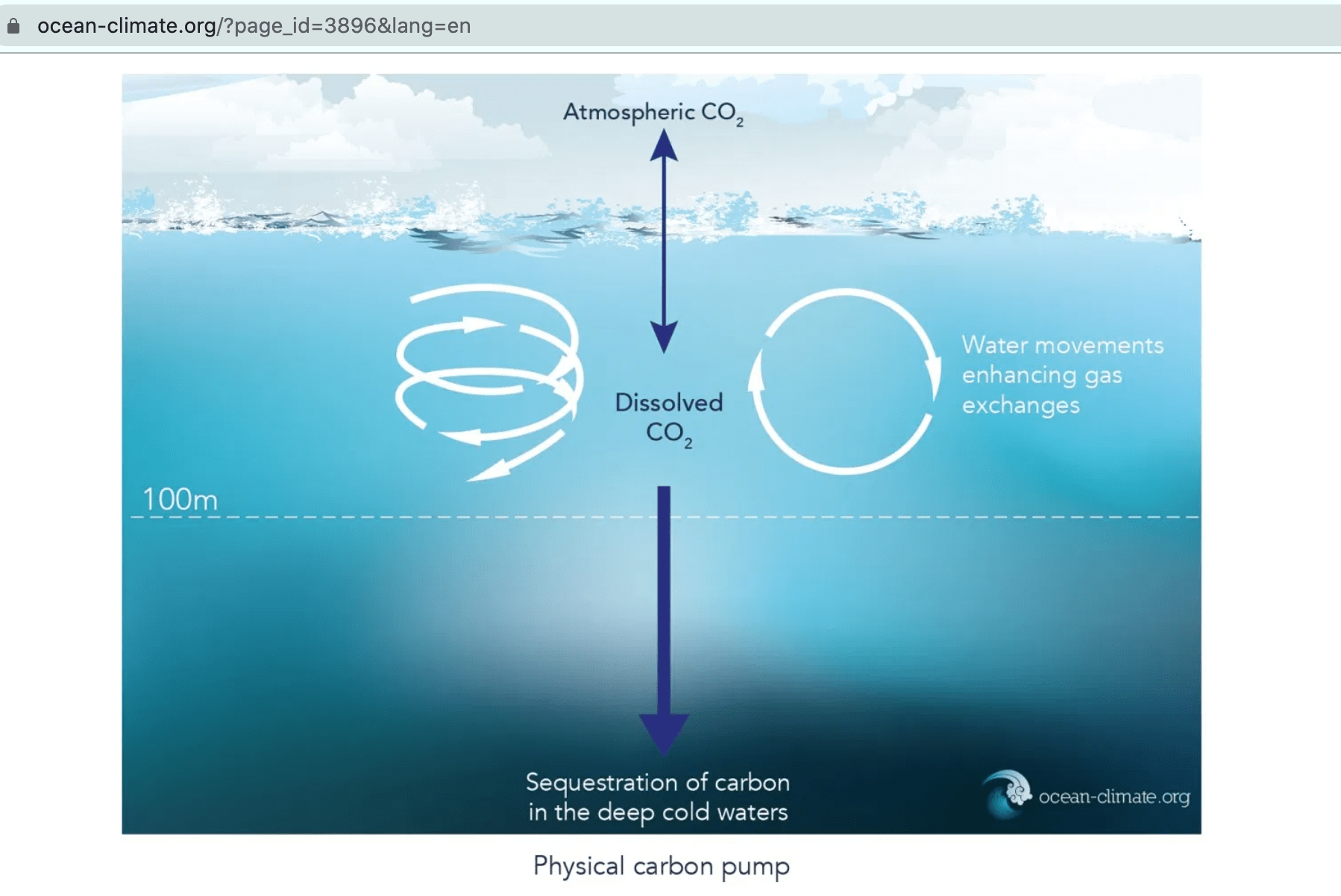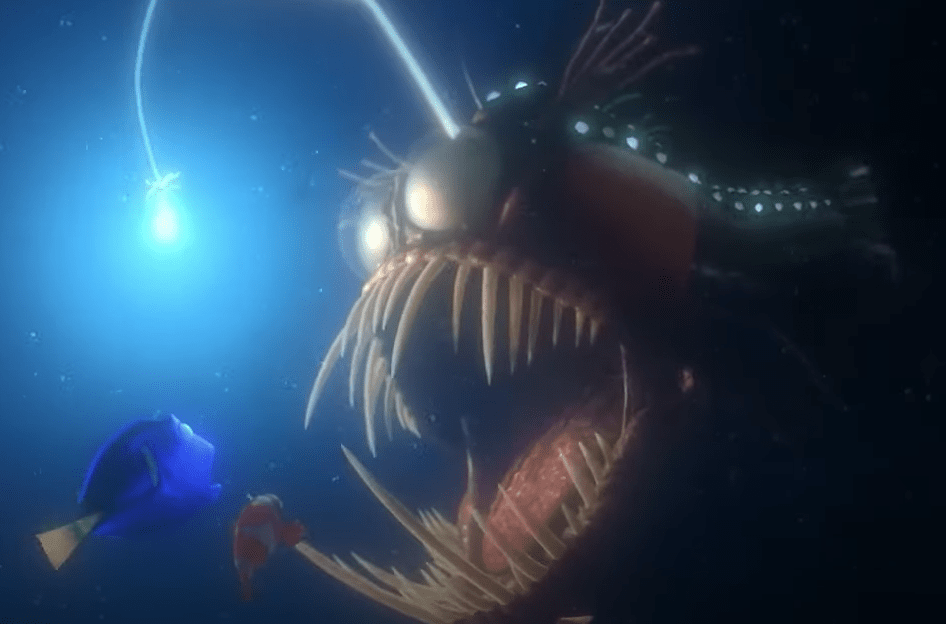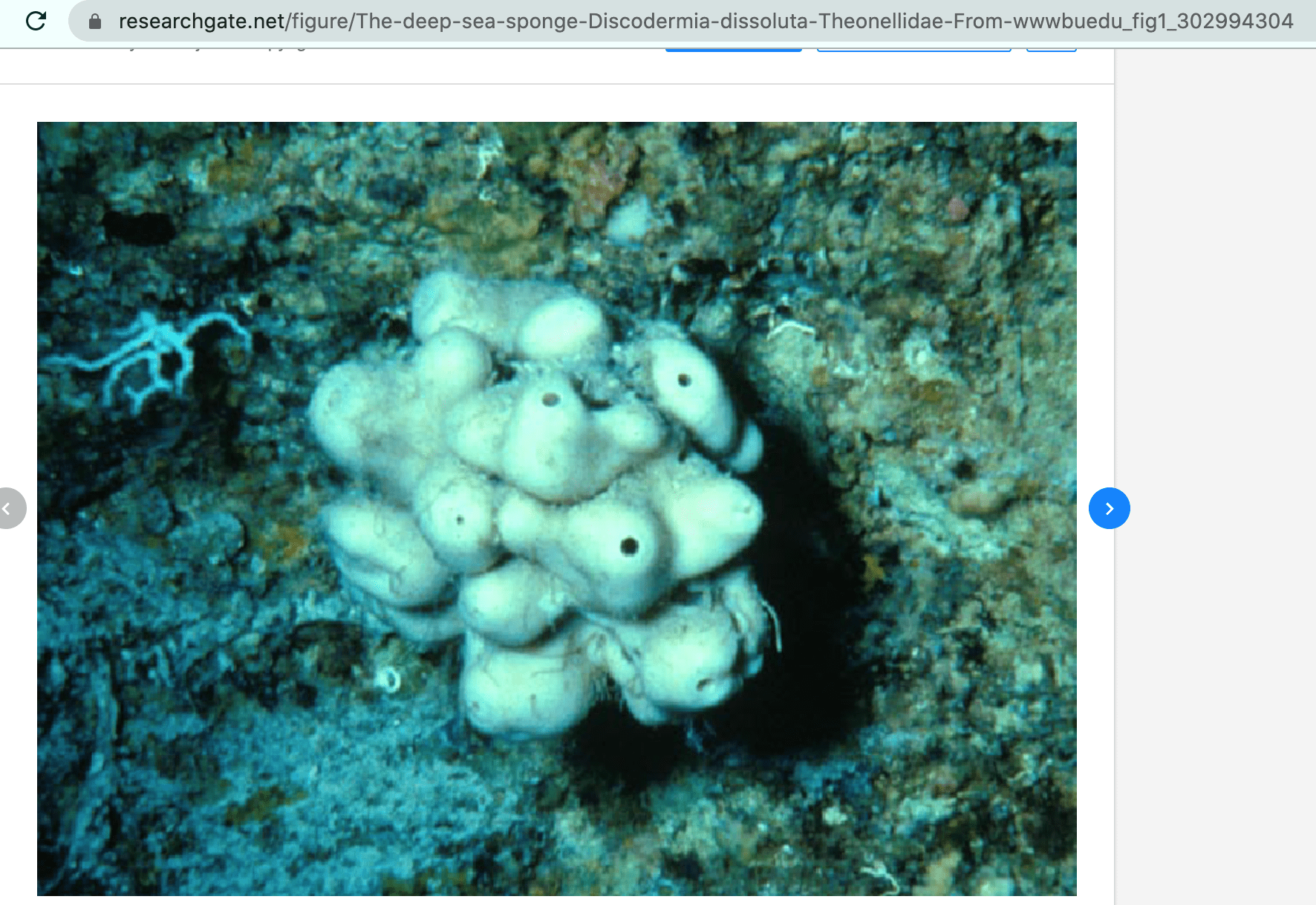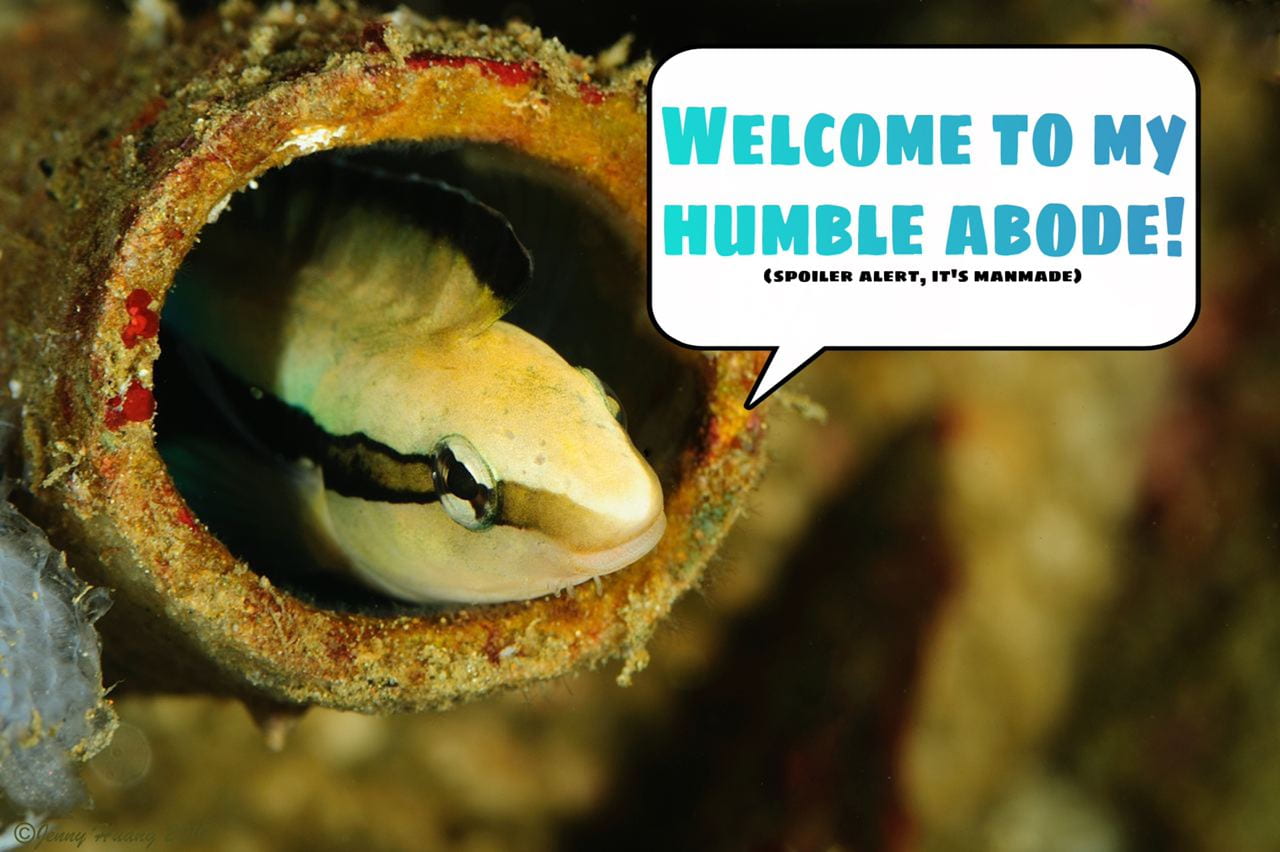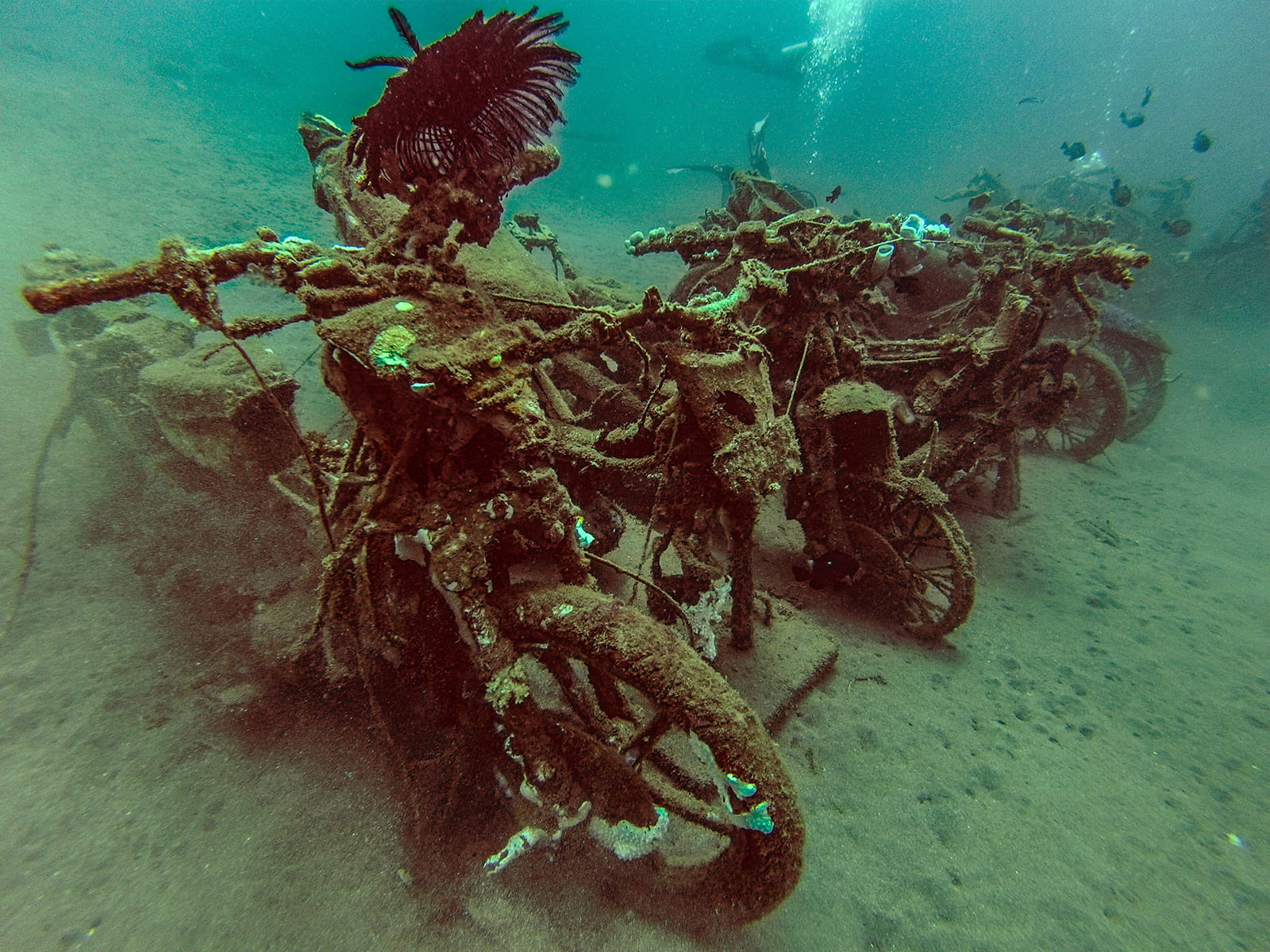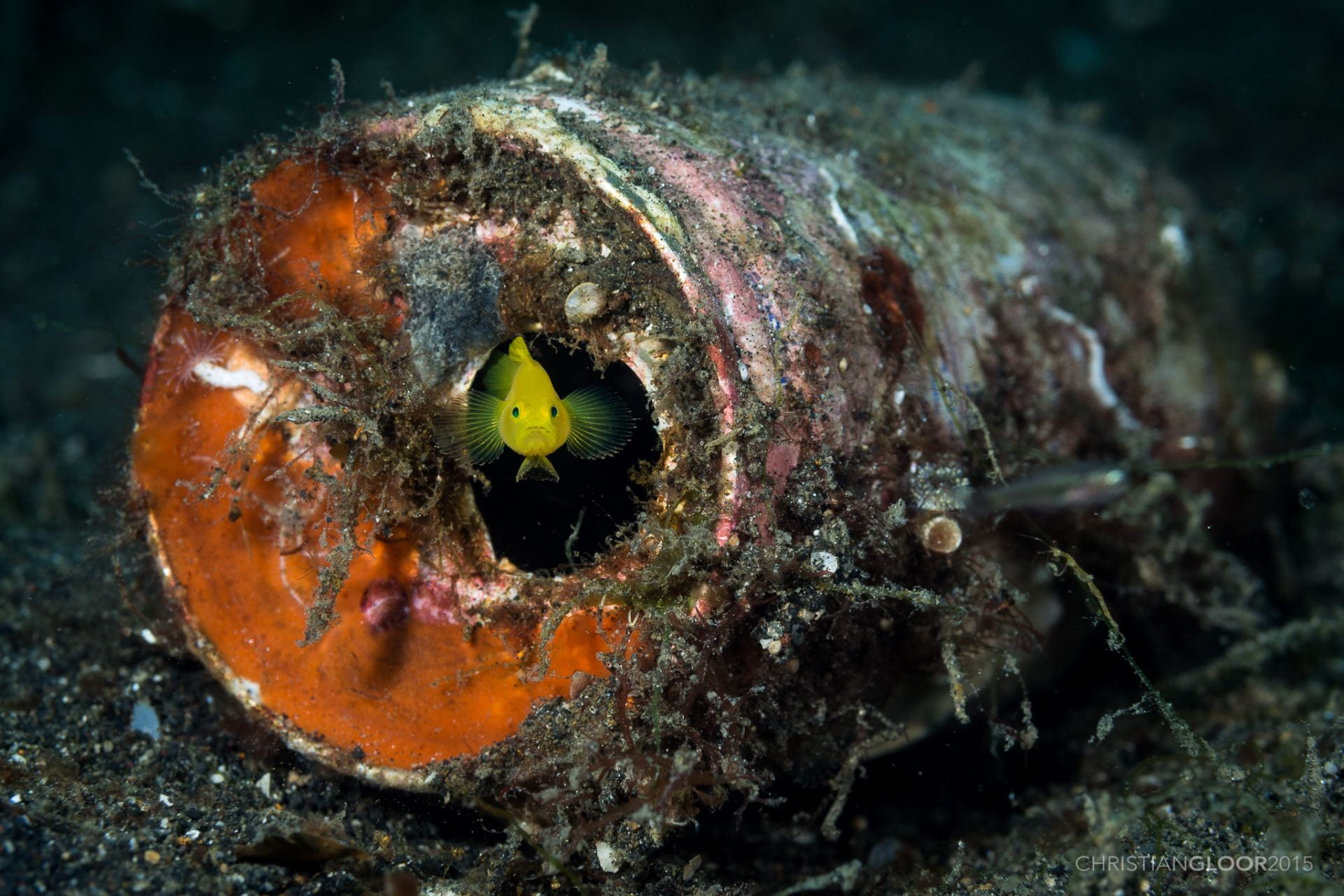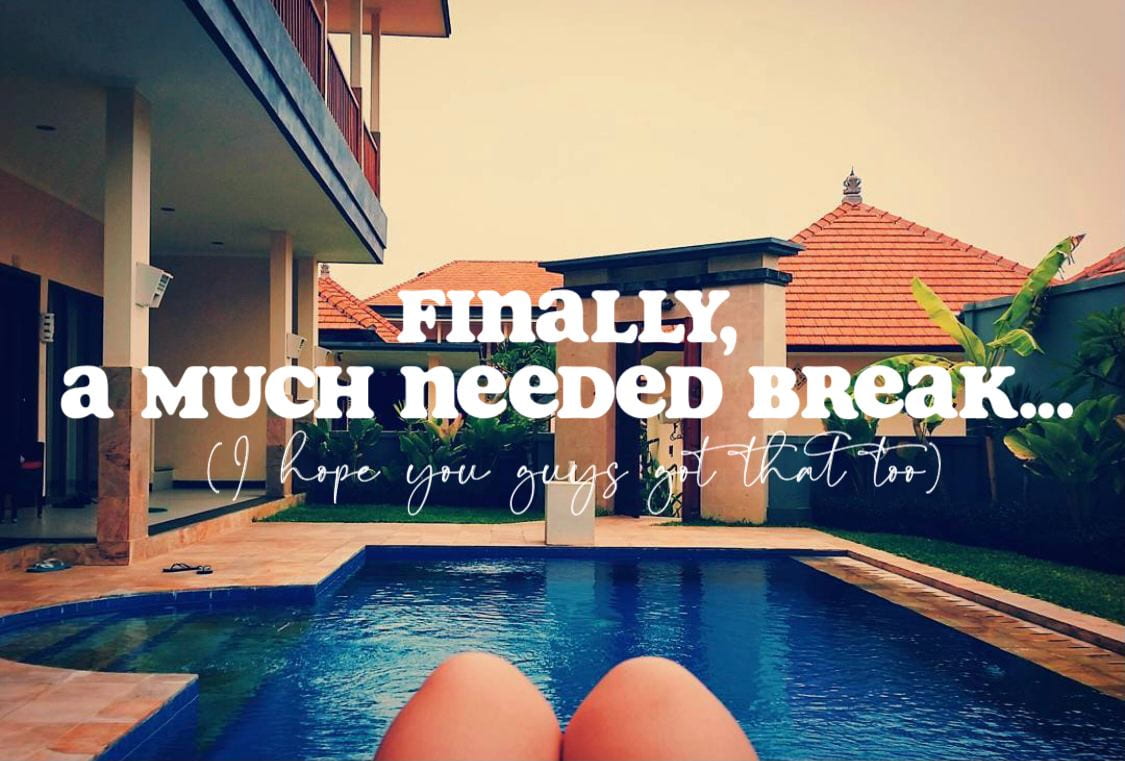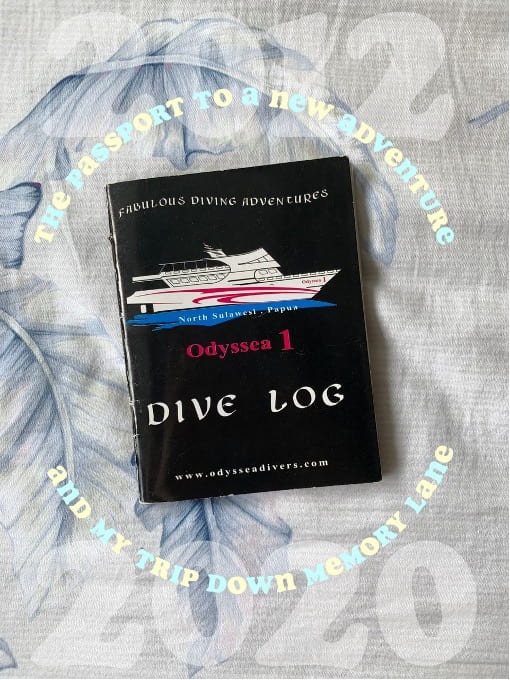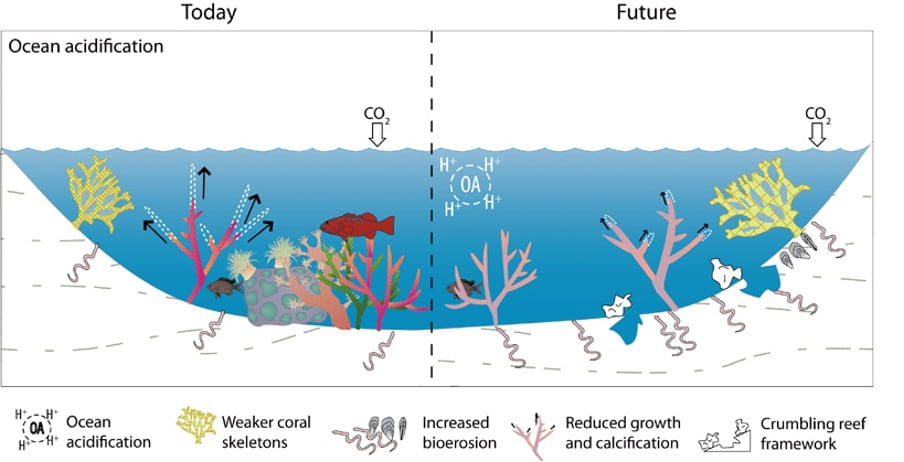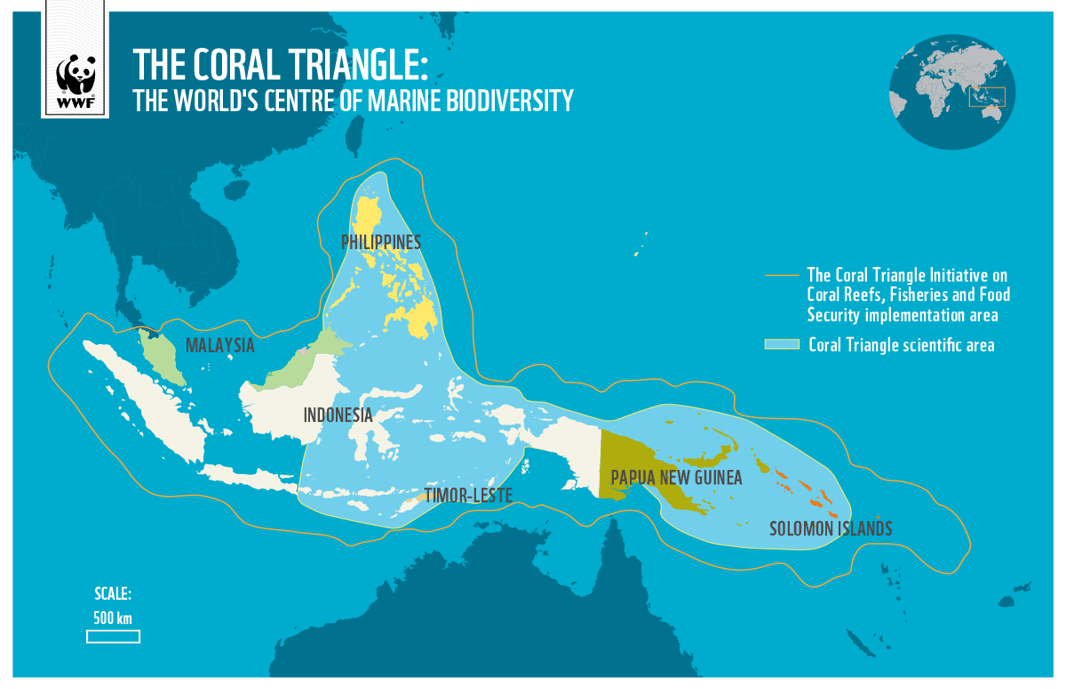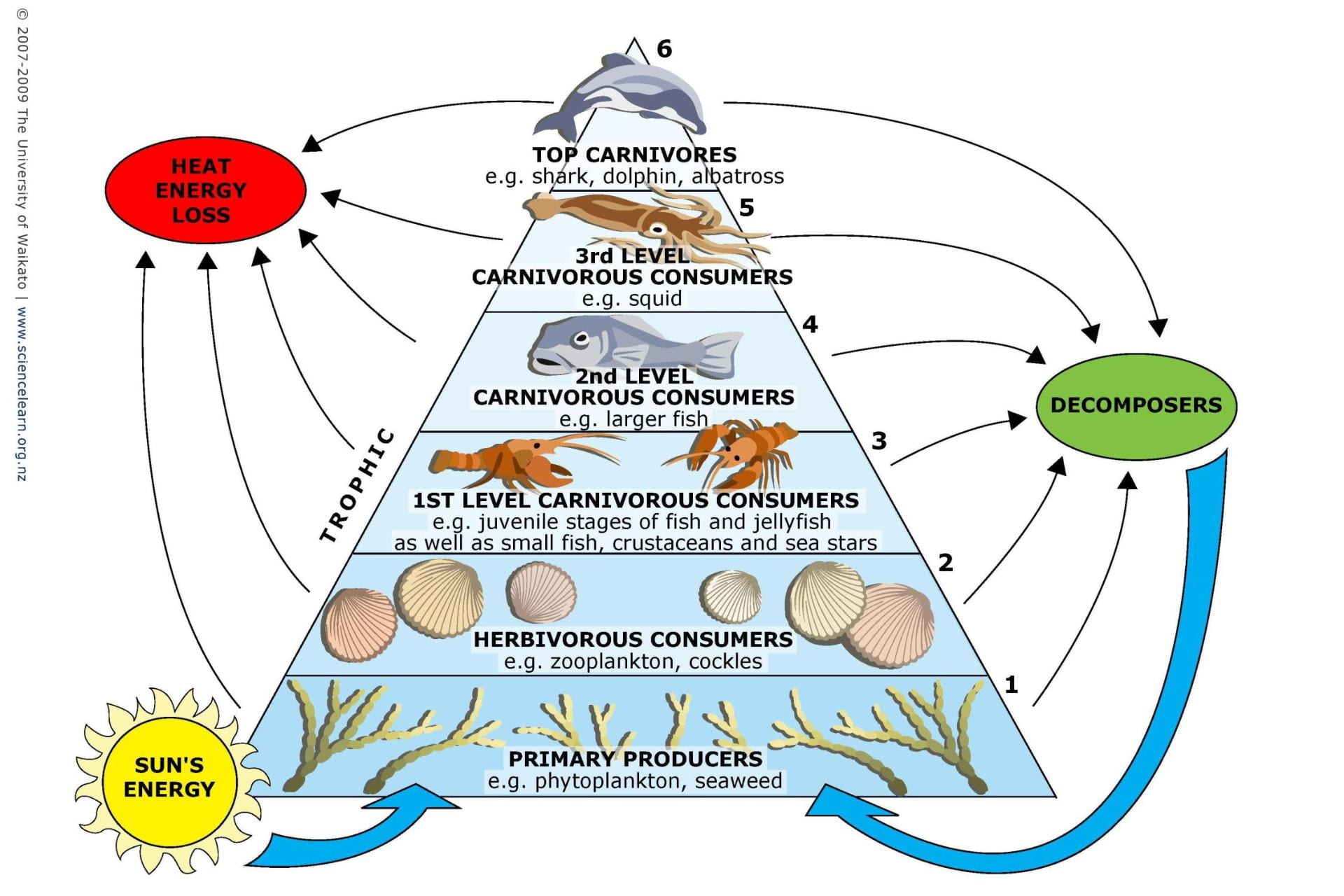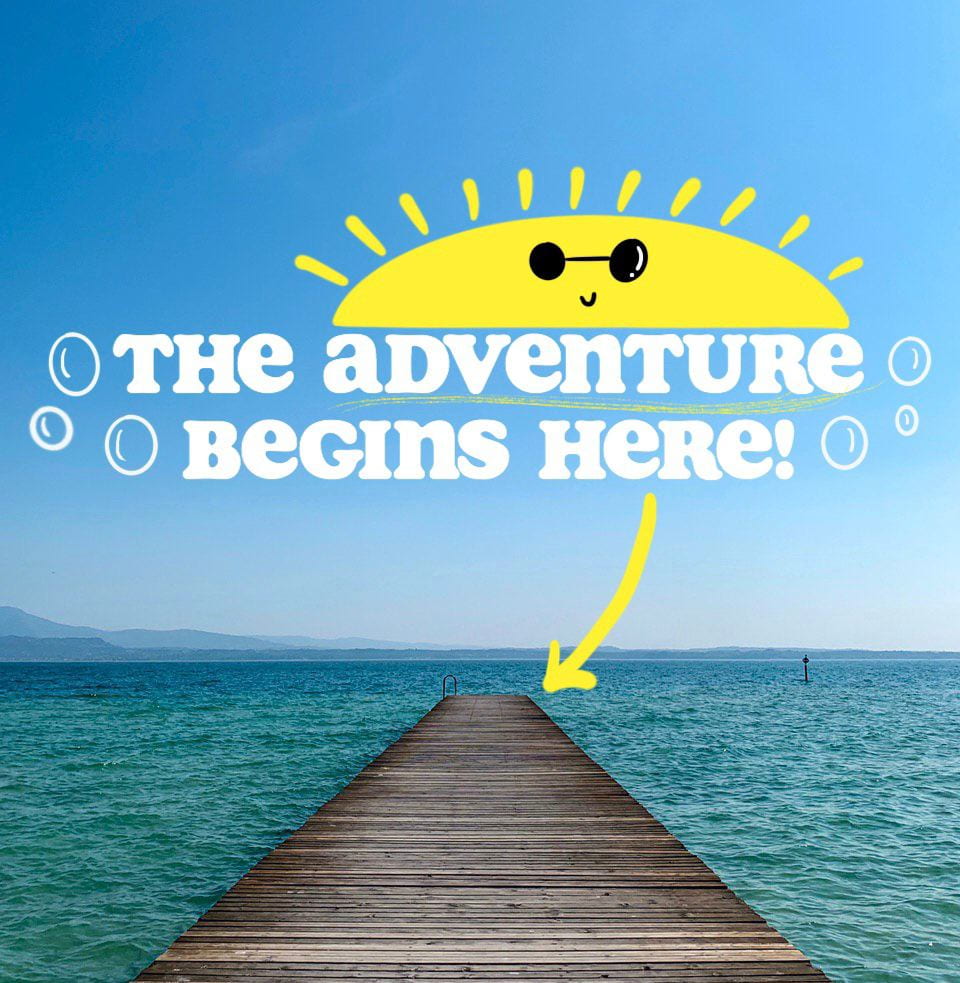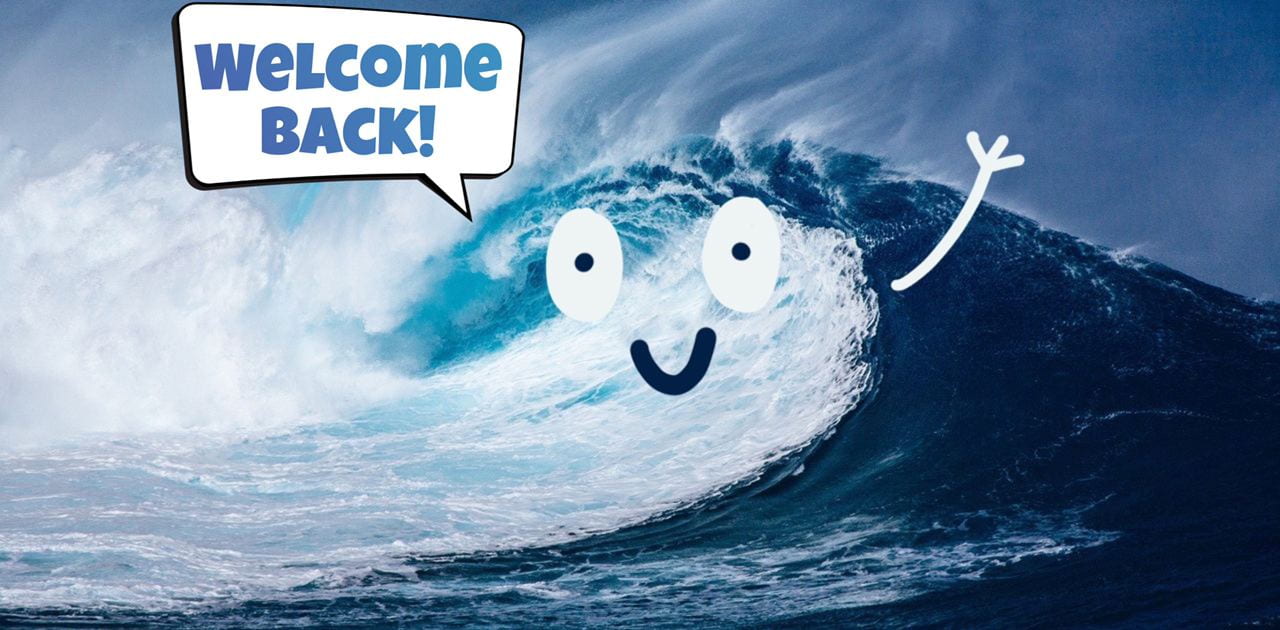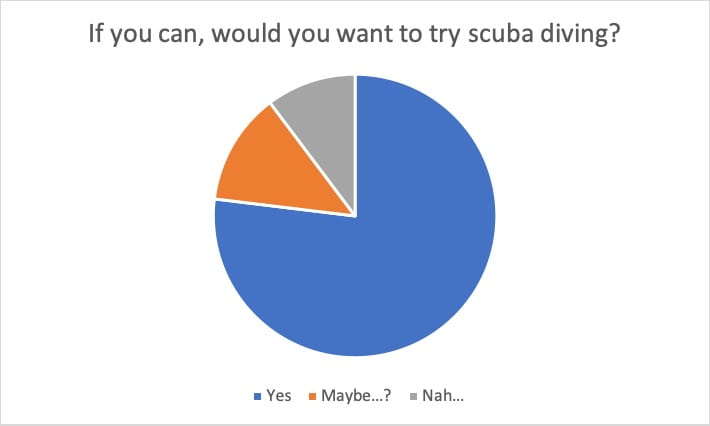It’s been 13 weeks and as much as I couldn’t wait for it to be over, it’s a little sad that this assignment has to eventually come to a close. It’s like they always say, all good things, sadly, have to come to an end.
In fact, some of you might not have known but when this assignment first commenced, I had a fixed schedule – I’d post something every Friday at 4.45pm. However, this schedule didn’t play out well eventually, hence, I figured that I should at least make the effort to put up my very last post on a Friday at 4.45pm to bring this to a close.
Last week, I talked about how the physical aspect of scuba diving changed me and today, perhaps I’d talk about how this blog changed me too. Once again, how does 10 weeks change someone? Isn’t it a little short?
I questioned myself too, but trust me, it had a bigger impact than I thought it would.
Throughout this assignment, I realised I wasn’t just sharing about my knowledge and experiences, but I was also beginning to see the things I went through differently. Frankly, I didn’t know that there could be so much to talk about, much less think about. However, with all the content I found, as well as the interactions I had with my peers, it got me to think critically and put things into perspective over my interactions with the marine environment as a scuba diver. I wouldn’t say I had any particular favourite post, but the most interesting I had written and read about would have to be the Muck Diving post. Not only did I get to share about this unconventional dive, but I also gained insight into how others viewed this type of dive and their sentiments towards the whole concept of discarded items in the ocean, which still allowed life to thrive.
It was truly surprising to say the least, but this blog was technically full of surprises and adventure anyway. I mean, the whole point was to bring you on a virtual dive trip (and I hope you guys had a whale of a time)!
Other than simply taking away new friends and new perspectives, what I did find was a newfound resolve on pursuing a personal endeavour of mine – taking something I love and turn it into something meaningful. While I don’t wish to reveal too much, it’s simply designing phonecases with a marine theme and donating the proceeds to Sea Legacy founded by Cristina Mittermeir, founder of the acclaimed International League of Conservation Photographers (ILCP) and Paul Nicklen, a former NatGeo photographer who’s been documenting for over 2 decades. As you guys might have known by now, I’m a big fan of photography too.
While phonecases might seem a little controversial, given what they are made of, I do believe that if it were one of quality and it had a nice design (especially when it has their favourite on it), it would be something that people would genuinely utilise and treasure (I mean, I do, and the people I’ve observed do too). To make it even more impactful, I intend to shed some light on the situation to an even bigger audience and one way I can think of would be to perhaps share what I have written on social media.
Nevertheless, I still have finals to get through before I can think of actually embarking on such a project and it’s time to say goodbye. I genuinely hope that all of you enjoyed the trip and are either inspired to try out the sport (if so, let me know!) or make a change on the surface for the sake of the planet’s underwater world.




